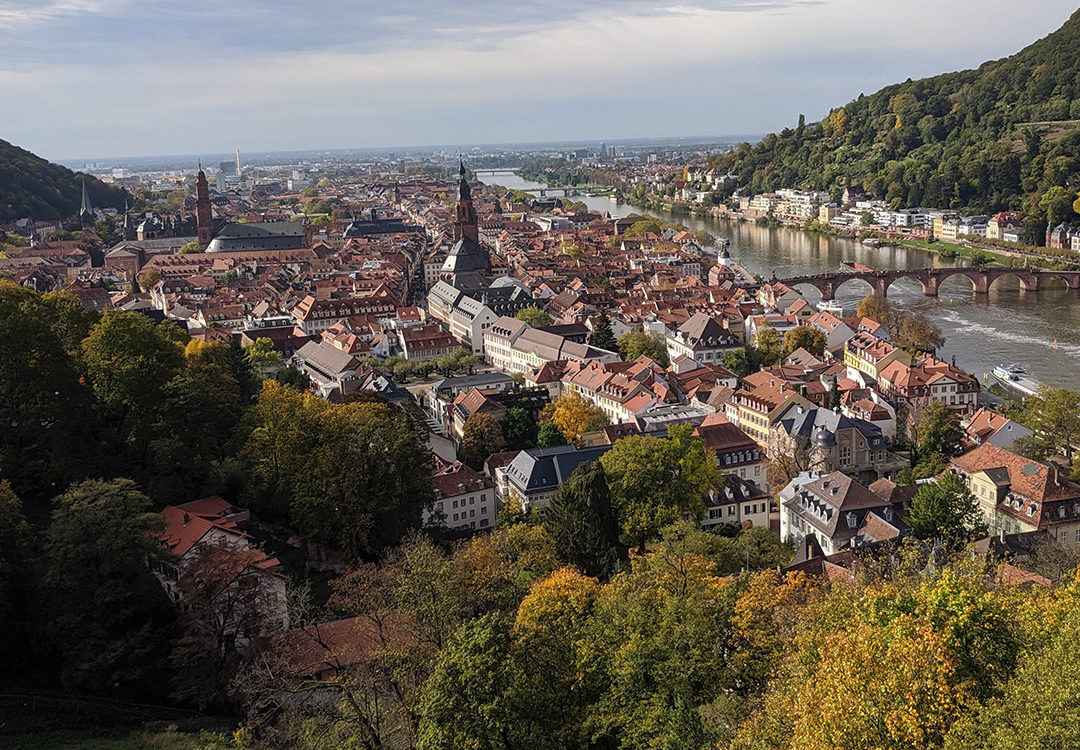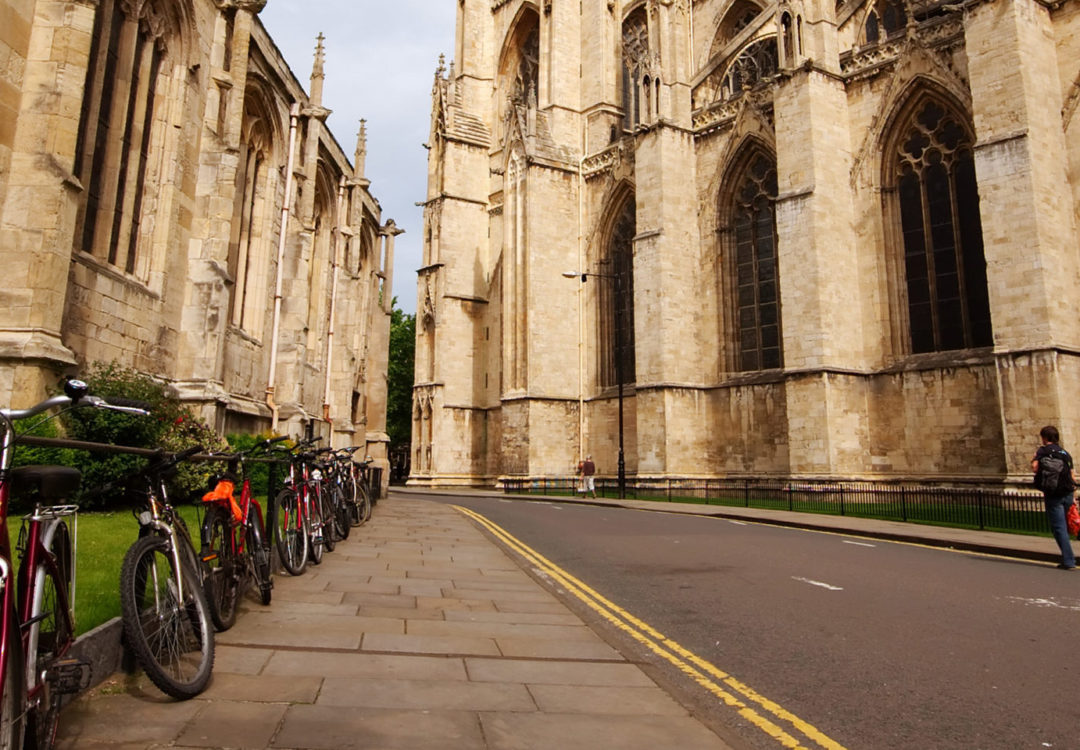Retail Scanner
Sensory copyright – the smell of success and the taste of failure
August 2019
Can copyright stop the copycats? Human senses are fundamental to everyday life; it therefore naturally follows that there is significant commercial value to be gained through appealing to these senses, so as to create an association with a brand or certain product in the mind of consumers. In the same regard, it seems logical that intellectual property protection should also extend its arm if a sensory perception adopts a commercial quality.
Sensory marketing plays on the subconscious to cause a positive response, which can be utilised for commercial gain. Shoppers consider the smell which greets them in an Abercrombie & Fitch store – which is the same regardless of which store they visit – to be as much a part of their brand identity as their moose logo.
Background
In the case of Kecofa v Lancôme, the Dutch High Court held that copyright could subsist in the smell of a perfume, because it was original and perceptible through the sense of smell. Netherlands cheese producer Levola Hengelo BV attempted to push the boundary of sensory copyright even further when they brought an action against Smilde Foods on the grounds copyright protection in the taste of their spreadable cheese.
In the Netherlands, as in the UK, Copyright protection subsists upon creation of an original work. A ‘work’ is defined as an “author’s own intellectual creation”, which has considerable scope for interpretation. The Dutch court referred the following question to the CJEU to clarify the scope of a ‘work’: “Does EU law preclude the taste of a food product – as the author’s own intellectual creation – being granted copyright protection?”.
Levola Hengelo, C-310/17
Whilst the development of a pleasant tasting spreadable cheese would involve the author’s (in this case a chef’s) own intellectual creation, the CJEU held that the taste of cheese cannot be defined with enough precision or objectivity to be afforded copyright protection, stating:
“ […] for there to be a ‘work’ […], the subject matter protected by copyright must be expressed in a manner which makes it identifiable with sufficient precision and objectivity, even though that expression is not necessarily in permanent form”.
“The taste of a food product cannot, however, be pinned down with precision and objectivity. Unlike, for example, a literary, pictorial, cinematographic or musical work, which is a precise and objective form of expression, the taste of a food product will be identified essentially on the basis of taste sensations and experiences, which are subjective and variable since they depend, inter alia, on factors particular to the person tasting the product concerned, such as age, food preferences and consumption habits, as well as on the environment or context in which the product is consumed”.
This judgement calls into question the previous decisions upholding copyright protection in the smell of a perfume, as these too must be subjective and depend on the environment in which they are experienced. We await further decisions of the national courts to see how they will now interpret the CJEU’s judgement in this case in relation works involving smell.
For retailers wanting to maintain exclusivity in their products, the possibility of relying on copyright protection in the fight against ‘look/smell/taste alike’ products would be a welcome addition to their IP right arsenal. In such cases the act of copying is often obvious, with the ‘infringing’ product’s entire purpose being to imitate the original, but other forms of IP protection such as registered trade marks and design rights may not be enough to put a stop to the offending use. We have seen it prove impossible for owners to obtain protection for an olfactory mark as an EUTM, despite valiant attempts, making the possibility of copyright protection in sensory works even more appealing.
Whilst the CJEU may have concluded in this case that the taste of a food product is not able to be sufficiently ‘pinned down’ to constitute a work which is subject to copyright protection, other sensory works may still be able to be defined with sufficient precision to benefit from copyright. The challenge is now for owners and their lawyers to define the ‘work’ to make the most of this right.
Consider the following:
- Do I have a sensory work that results a competitive advantage and is likely to be copied?
- Can I identify the precise nature of the sensory work and will it be perceived the same by all?
- Do I have evidence of the creation of the work?
If you are able to answer yes to the above questions, then you may be able to rely on the additional benefits of copyright protection in the fight against copycats.































